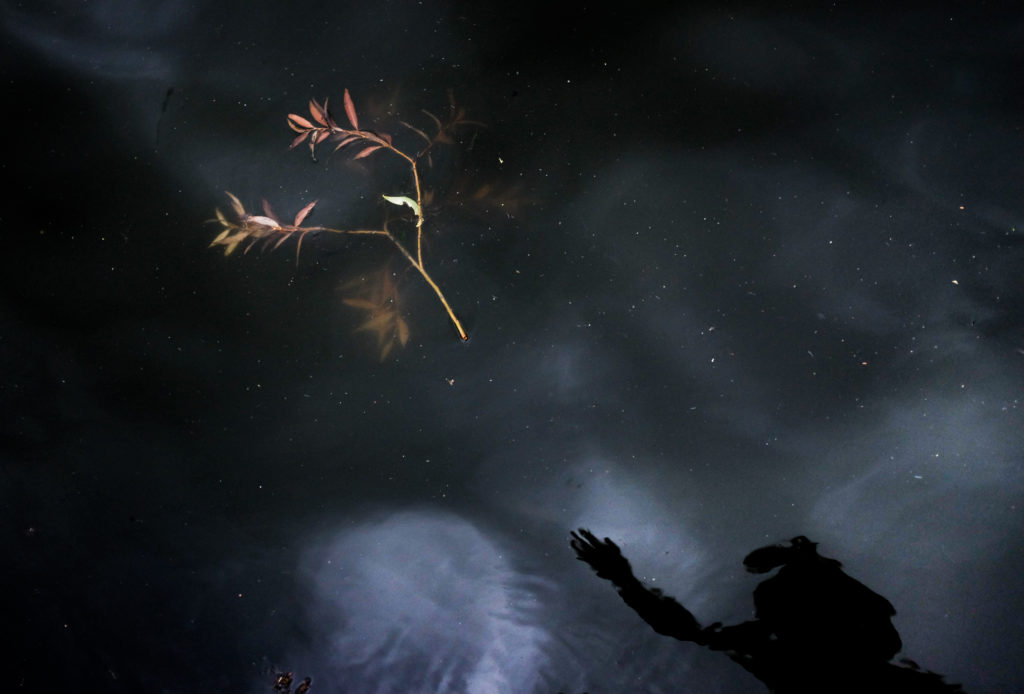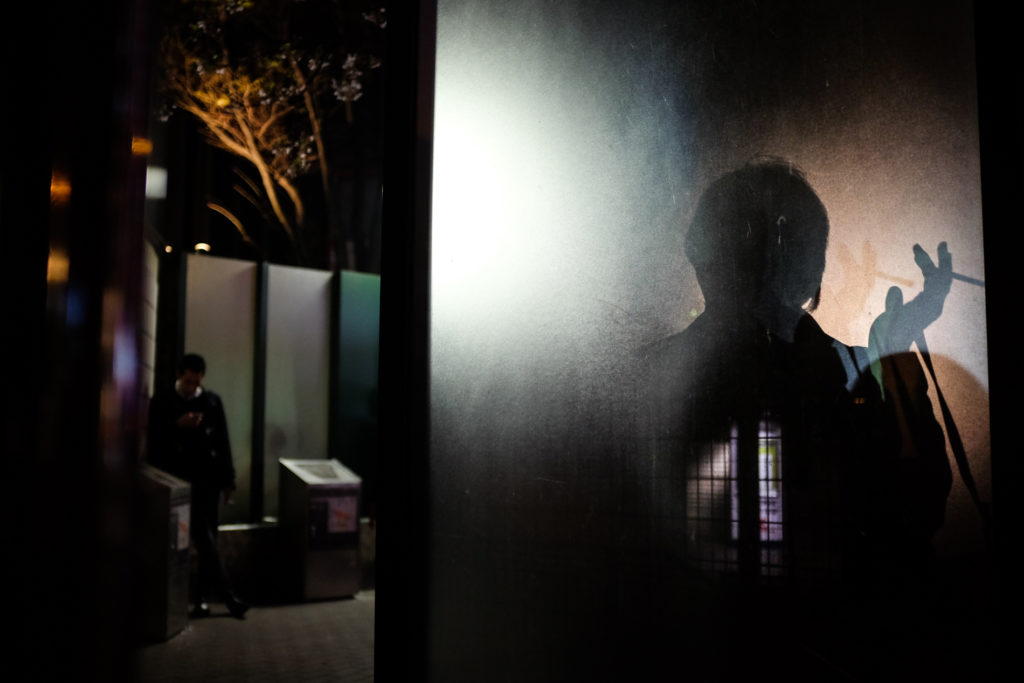
Eléonore Simon:
Hi Kristin, thank you for accepting our invitation to chat! You and I met a couple years ago in London, and since then we’ve exchanged regularly about photography. I really appreciate the way you think about your creative process and the thoughtfulness you bring to your work, so I am really happy for this opportunity to chat with you further!
For those who may not know you, can you start by telling us how you came to photography and what drew you to the medium? Something that we talked about often is what you see as a shift in your photography in these last couple years. Could you speak to this transitional moment in your work and how your approach and process have evolved over time?
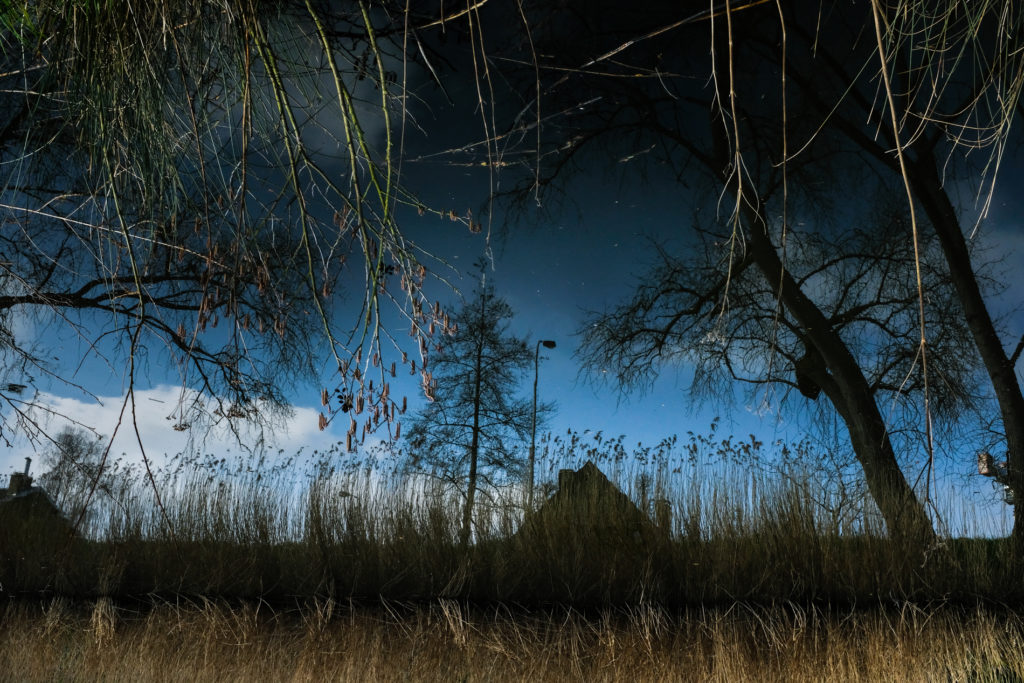
Kristin Van den Eede: Thank you, Eléonore! I’m very happy to be part of this series of interviews, and I’m particularly glad I can start off with a question from you. Too bad we can’t continue this interview in London again, over some lunch.
I’ve always felt the need to express myself creatively, one way or another. As a kid, I loved to draw and as a young adult, I turned to poetry and published a collection of poems in Dutch. Each time, my passion and motivation dwindled after a few years. In poetry, I had achieved what I wanted to achieve, and in drawing, I realised I had no talent and grew frustrated.
Later on, I tried a few other things: I made an attempt to play the drums, dreamt of making my own graphic novel, poured all of my creativity into my cooking. None of these things stuck. When my boyfriend took up photography, something shifted. Even if I was no good at it at all, it just clicked, you know. It’s a bit like a love story. Photography and me, we were meant to be. And I don’t think I’ll ever grow tired of it.
You are so right, the way I approach photography has changed quite drastically over the past years. I started out rigorously adhering to all the rules of traditional street photography, but I ended up feeling too restricted by them. I do like candid moments and I will never do a lot of post-processing, though. I love the idea that a photo is a bit like a fingerprint of reality, and even though I have influenced it a certain way by selecting a particular moment, framing it a certain way, reacting to it, I still like the sense that it’s a slice of life that I cut from reality and stored in my camera. It feels genuine.
I’ve also learned to approach photography in a calmer, more deliberate way. I don’t roam the streets for hours anymore – I wish I could, but my health won’t allow it – and I prefer to stay away from crowds. I enjoy calmer frames now. Less city, more nature, less noise, more essence. Or at least that’s what I’m striving for.
Graciela Magnoni:
Hi Kristin! I’m happy you agreed to participate in this new project of more in depth interviews. We can know you better! I love your “calmer frames” and work. I agree with you, rules in art should not restrict us! They are there for us to find ways to break them or to ignore them all together.
Your husband/partner Kristof is also a photographer. I met both of you, I think, in London in 2018, during a SP festival. Is that right? Or maybe in Brussels? I remember thinking that both of you had a very nice connection. Tell us, how it is to share your love for photography with your partner? Does it make your love for photography more intense? Do you discuss projects, ideas, doubts with Kristof? Do you motivate, inspire, influence each other? Or is it somehow too much, too symbiotic? Do you go out together to photograph? Do you edit each other’s work together? Or do you keep each other’s activity totally separated?
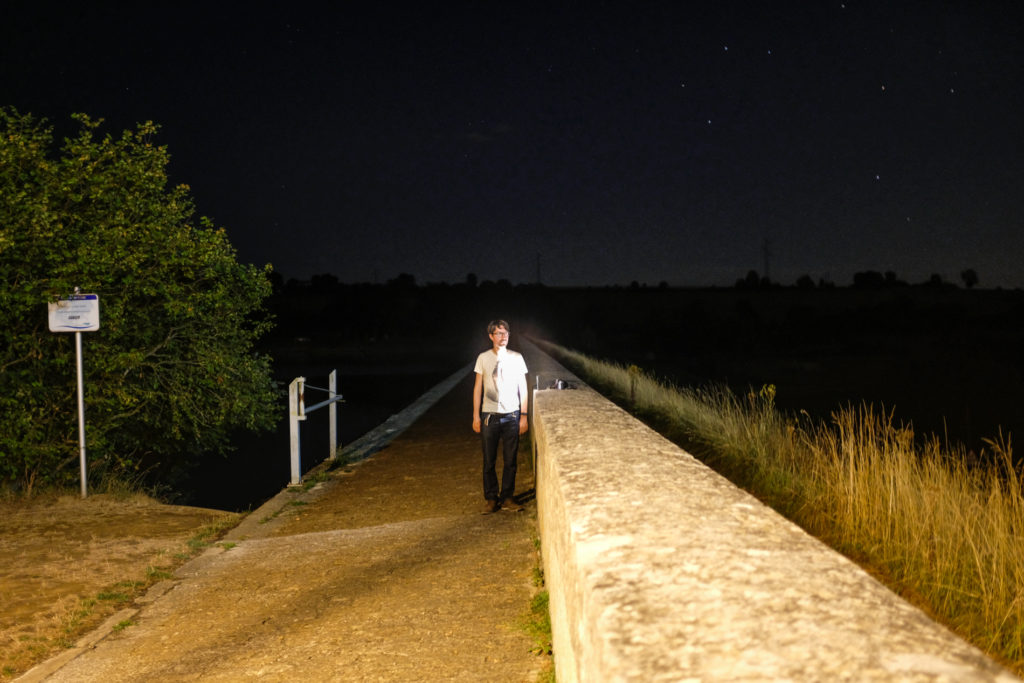
Kristin Van den Eede: Hi Graciela! Yes, we met at Street London, where you gave a presentation, and I think we also saw each other briefly in Brussels. I’m not sure either: SP festivals are often such a whirlwind!
That’s such a lovely compliment, thank you. I think Kristof and I have a nice connection too. Honestly, getting to share such a passion with someone you love is the best. We talk a lot about photography, and art in general, and exchanging ideas helps us get to know each other better, but also ourselves. It’s scary, showing your work to the world, putting yourself out there like that. It makes you feel very vulnerable so it’s comforting to have someone near who understands exactly what you’re going through. I do feel like Kristof’s a bit biased sometimes, though. When he says he loves a photo of mine, I’m often like “yeah, but you’re married to me so that doesn’t count!” On the other hand, I’m really hard on myself and often feel like an impostor, so it’s good for me to get that kind of unconditional support. He’s my rock. I try to be his too.
Yes, we shoot together a lot, and it’s always pretty natural. We don’t compete. Neither of us feels like it’s a “hunt” where whoever gets a situation first, owns it. Plus, we can photograph the exact same thing and it’ll still be different. And there’ll still be plenty of other things to shoot if he gets a situation and I don’t. I take a mental picture and sometimes that’s just as good.
If anything, I think we both feel stronger when we’re out together. I’ll see him take a picture and even though I’m tired and aching I’ll get the urge to shoot too. Or someone is about to make trouble but they see him walk up to me and plant a kiss on my cheek and it defuses the situation because they can see that we’re harmless. Actually, Kristof’s pretty much the only person I can photograph with, because I need to be able to lose myself completely, be in the moment, ignore everything and everyone else around me. To do that, you need to trust the person next to you 100%.
However, I also understand what you mean by it maybe being too symbiotic. When we started out, our style was very similar. At the time, we still helped each other with our editing and that watered down our own individuality. Add our similar names to that equation – Kristin Van den Eede and Kristof Vande Velde – and some people even thought we were the same person! Thankfully, as we evolved, we developed our own style. You want to be a little bit alike, sure, but you don’t want to be the same. That’s an absolute nightmare. Especially as the woman in this relationship, it’s important to me that I have my own identity. I am NOT Mrs. Vande Velde. I am a person and a photographer in my own right. So while I enjoy doing stuff together from time to time – we just did a joint takeover at @lyrical_sp – I really don’t want to take that too far. I am not an afterthought to his work, and neither is he to mine.
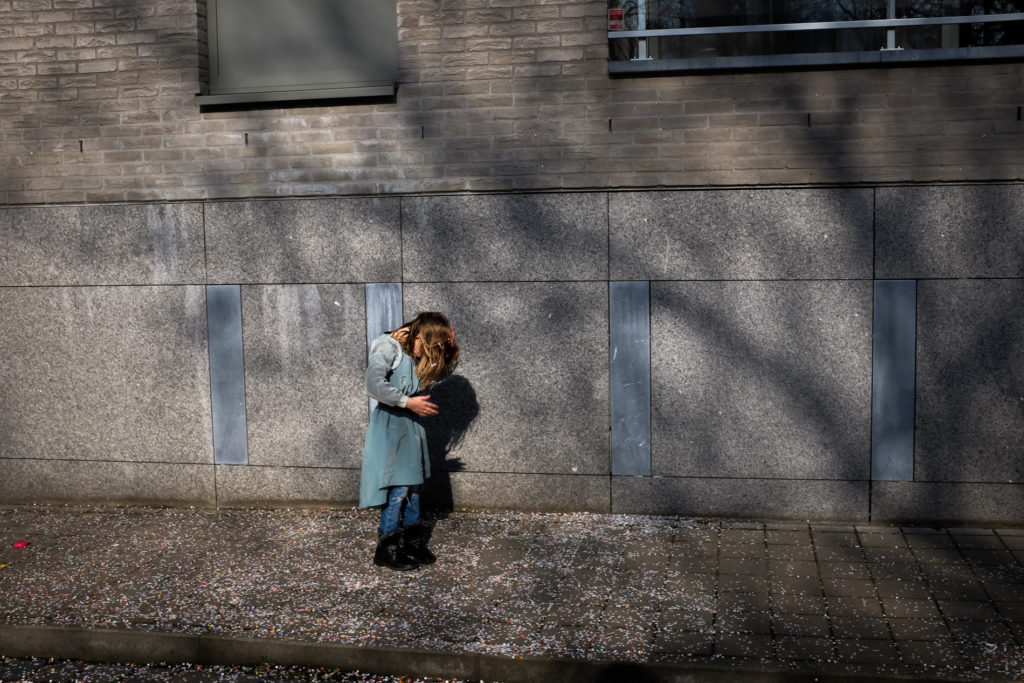
Melissa O’Shaughnessy:
I love hearing about how you work together with Kristof yet maintain your own voice and approach. You are lucky to have a husband who is also a creative partner.
It’s been said that photographs that capture our imagination often conceal as much as they reveal. I find this to be particularly true of your photographs taken at night and/or in dark and seemingly mysterious indoor places. What has drawn you to photographing after dark? Necessity or intent? Or a bit of both?
Nighttime photography can sometimes feel voyeuristic (though as photographers being voyeuristic is almost always a part of our motivation), yet yours feels more intimate than intrusive. Can you tell us a bit about what you are trying to convey in this work?
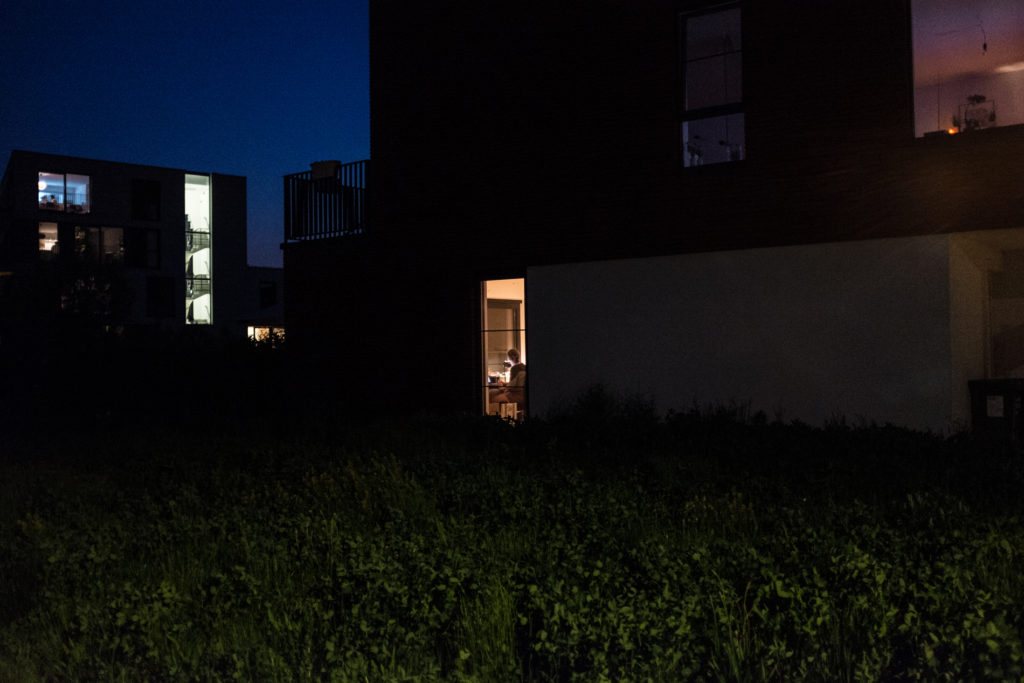
Kristin Van den Eede: Hi Melissa! I know, it’s so important to have a supportive partner. And it’s an extra bonus if they are also creative and understand what you’re obsessing about .
I love your question! I haven’t actually thought that much about it. I guess I’ve always found the dark to be more intriguing than the light. I always like some kind of mystery, I prefer to ask questions rather than answer them with my photos, not showing things straight away. But of course, I’m also just an evening person. I don’t like mornings. Give me a cup of coffee and leave me alone. I need some time to get used to the world, to be able to handle it, to ease into life. In the evening, everything is muted and beautiful and the world’s a nicer, more poetic place to be in. My favourite time of the day is right at dusk, just after the blue hour, when things go quiet and people are rushing home from work and are starting to cook dinner. They haven’t closed the blinds yet and are somewhere in between day and night. You walk by and get a glimpse of what their life is like. It’s a bit like peeking into people’s trolley at the supermarket. What are they going to cook? Are they a salad kind of person or more of a burger type? Cereal or chocolate paste in the morning? I just find that intriguing.
I like the fact that you don’t think my photos are voyeuristic, because I do find it important that I’m respectful towards my subjects. I don’t want to intrude, I want to be a fly on the wall and just enjoy watching them. I also think I pick people that I relate to on some level. I watch them and I see something of myself in them. It’s not an act of taking or hunting, making a photo of them, it’s more like a brief interaction, a little nod to recognise that I see them, that we have something in common. I usually spend enough time to make sure that they see me and can come and talk to me if they are curious or feel uncomfortable having their picture taken. Those short conversations have become part of the process for me. I feel more connected. It’s therapeutic.
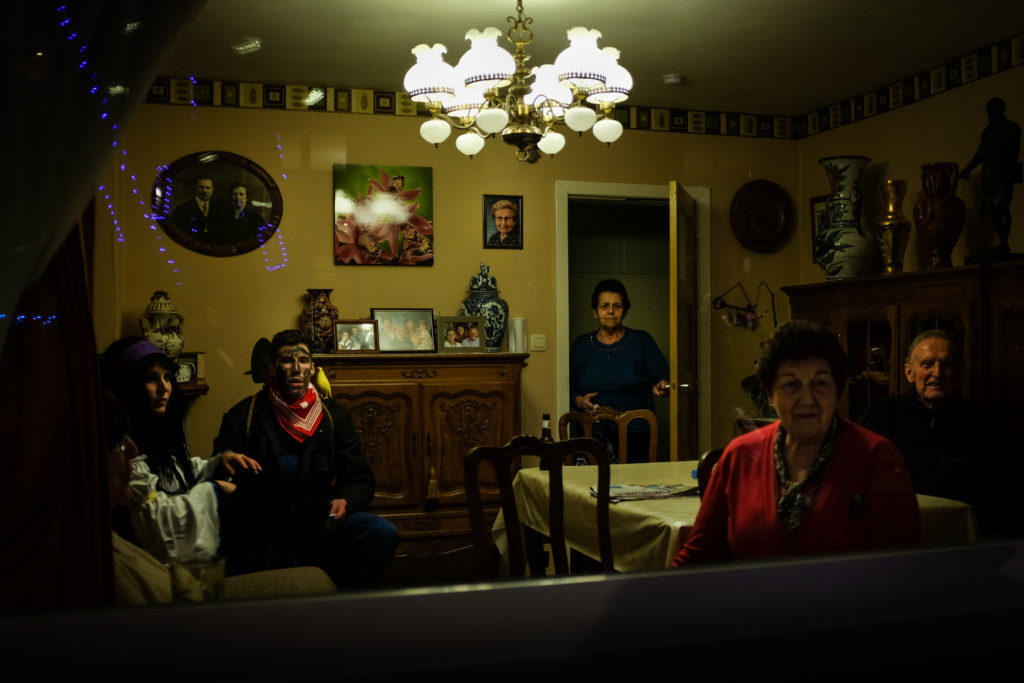
Julia Baier:
Hi Kristin, it’s fun to get to know you through the interview, because we’ve never seen each other in real life before. I really like how you have developed a very unique, poetic handwriting in your work! Whenever I see photos that I like, I always try to imagine the person behind the camera. In your case, I now find you in your photos through your previously written answers, which makes your work authentic for me.
I stumbled upon the fact that you live in Ghent (is that right?) and that made me think of my time after high school when I went to Lille in the North of France for a voluntary social year. On my days off I always went to Belgium because I was somehow more attracted by the atmosphere and the people there. And that’s exactly the mood I now find in your pictures: that dark, mystical, but also poetically powerful one. I’d be interested to know if you mostly take pictures in Belgium, and if you think that there’s something like the “Belgian soul” that can also be felt in your pictures? To what extent does your cultural background also shape your visual language? Or are they all just clichés?
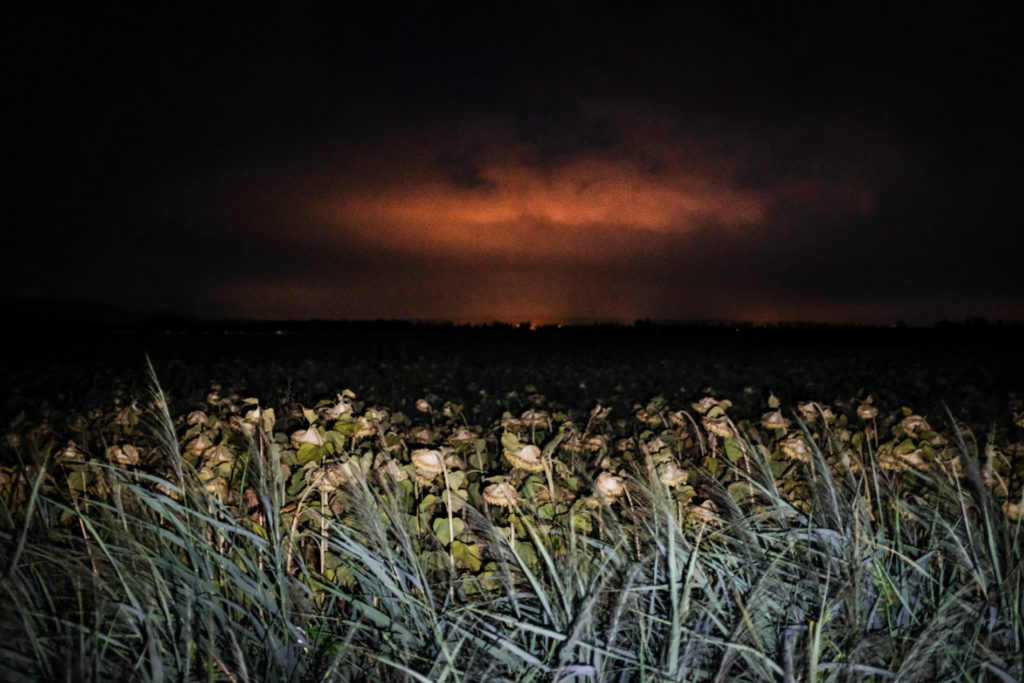
Kristin Van den Eede: Hi Julia, that is such a lovely thing to say about my photos. Thank you! I guess everyone tries to develop their own style and make photos that somehow reflect their personality, so it feels good to hear that you did find me in my photos.
I did not see this question coming, though! I guess I’ve never thought of that, because I aim for a kind of universality. I always see my photos as if they were separated from place and time (even though they do record a very specific time in a very specific place – I am well aware of the futility of that aim). What I mean is, my photos document my own emotional landscape more than anything. It’s the same landscape as in my poems. I can actually taste and smell it and feel the colours, hear the music that goes with it. I have synesthesia, so my senses are a bit jumbled and I do mean that quite literally.
Of course I can’t escape the specific context in which I grew up and now live, just like everyone. I may also be blind to it, just like everyone. But honestly, I’m quite indifferent to my country. I’m often embarrassed by how cold my fellow countrymen treat strangers, how grumpy people are in the streets. Then again, maybe that’s a typically Belgian thing to say, haha! But no, Belgium is not part of my identity. Flanders maybe. Ghent definitely. I take a lot of photos in Ghent, and even though it’s mostly by necessity, it does have a darkly poetic quality to it that I’m drawn to, especially outside of the city centre. But if I had to think of a region in Belgium that has a dark, mystical atmosphere to it, it’d probably be Wallonia rather than Flanders, so that doesn’t really make much sense.
So I’m actually curious how you see Belgium reflected in my photos. They probably do exude a Belgian quality of some sorts but I’m not aware of it because I’m too close.
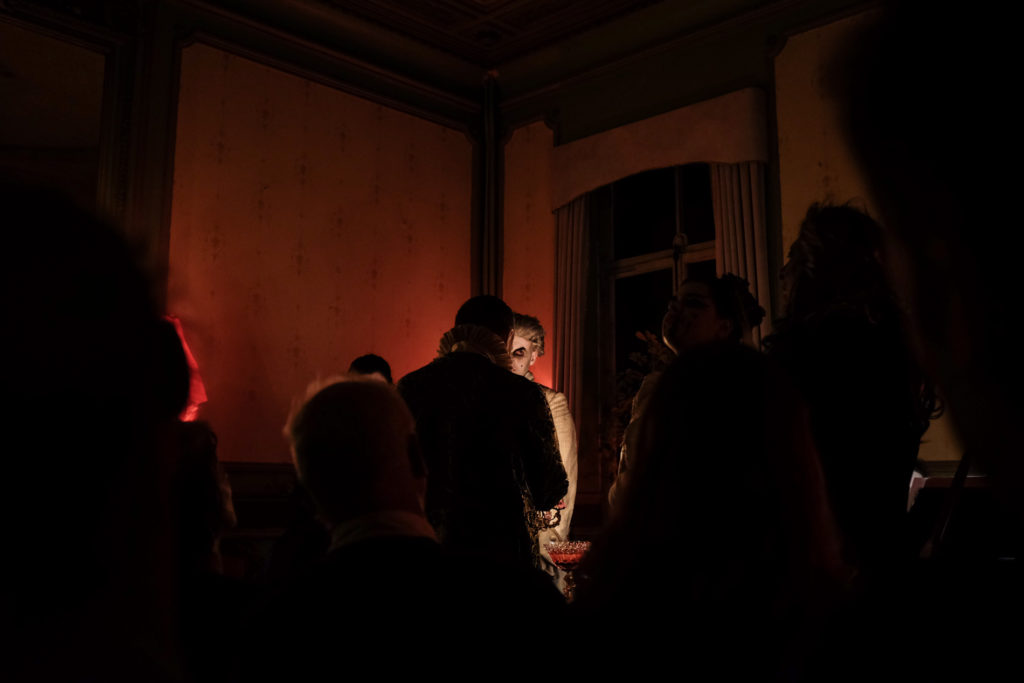
Alison McCauley:
Hi Kristin, I’m really enjoying this opportunity to understand a little more about your process and where you’re coming from. I was really interested to read that you have synesthesia. Somehow understanding some of the science behind your photography only makes the magic of your images more magical and more mysterious!
Do you (sometimes, often, ever) have sensory overload when you photograph? Does it make photographing difficult or do your jumbled senses help you get into a zone? I would love to understand how you feel synesthesia affects your photographic process and outcome.
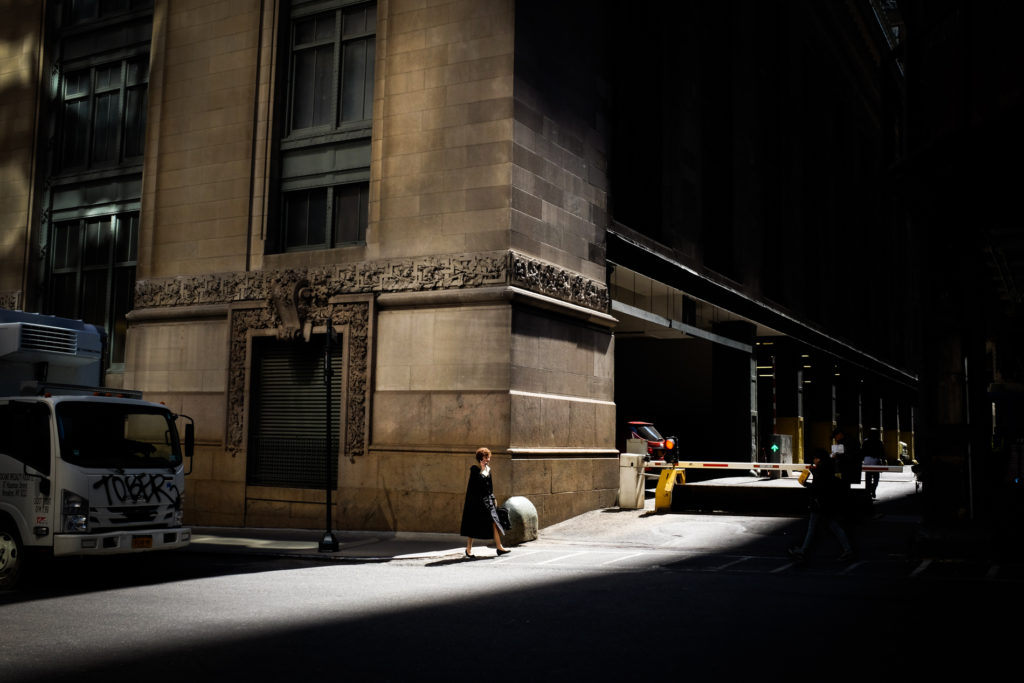
Hi Alison! I am so happy to get the opportunity to talk to you, as I’m a huge fan of your work. It speaks to me, and your photos often move me. They have such emotive power.
It’s interesting that you immediately associate synesthesia with one of its more challenging aspects, because I often feel quite positive about it. It’s a quirk that I cherish. I actually thought that everyone sees numbers in colour until Kristof pointed out to me that they don’t and that there’s a name for it. I think I may have a mild form, but it seems such a shame that most people don’t have this: maths is undoubtedly harder without it, and music may be rather bland compared to how I see it.
It’s true that synesthesia is often associated with sensory overload and I have definitely become increasingly sensitive in the past few years. Chronic pain and fatigue have also exacerbated my sensitivity. If it gets too much, I can’t focus on anything. Loud noises, bright lights or colours, perfume, animated conversations beside me, they all feel like razor blades sometimes. But when I focus on one thing – like capturing a particular scene – I can tune out some of the noise and find peace and quiet. My photos are my own little hideaway.
I honestly don’t know if my jumbled senses help me get into the zone or not. I don’t know what it’s like to be somebody else, to not have this sensory input all the time. I guess it’s probably more peaceful? Or less alive? Maybe both?
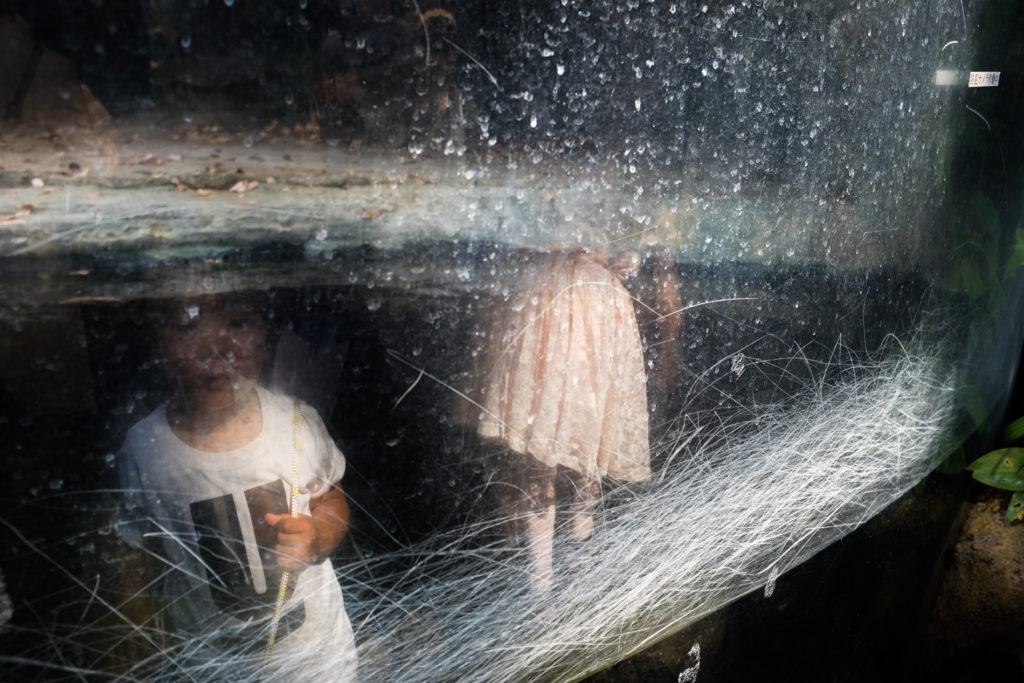
Meg Hewitt:
Hi Kristin, it is nice to discover your work through this experience and thank you for introducing to us the complexities of what it is like living creatively with synesthesia. I’ve really enjoyed this interview thus far,
Where do you feel like your photographic practice is right now and where do you think it will go next? Is there something that you have a desire to delve into in the future?
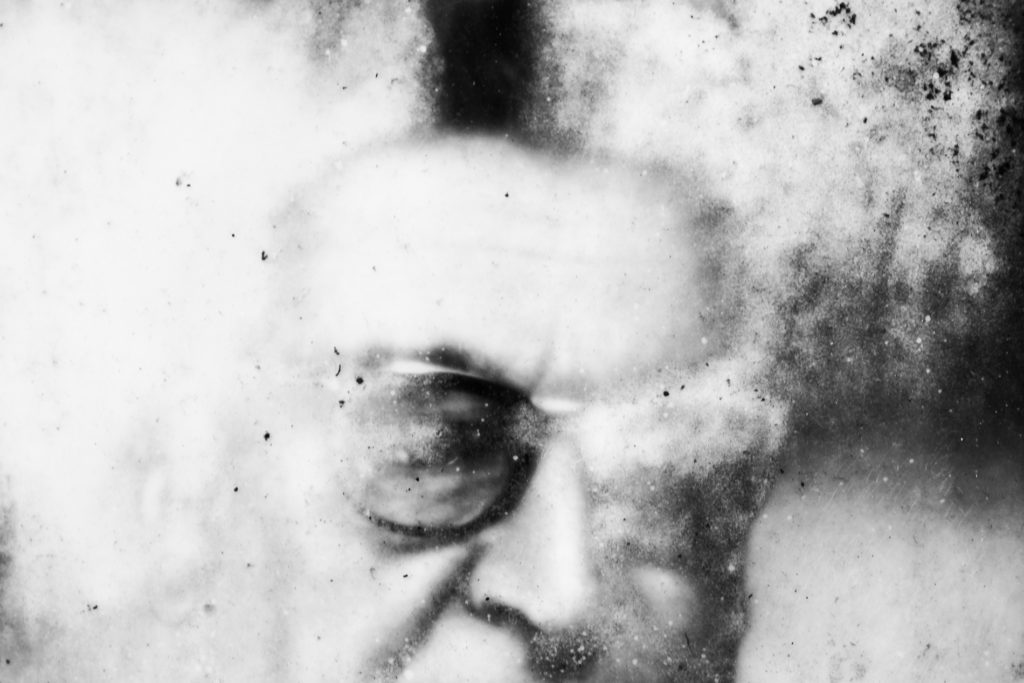
Hi Meg, it’s lovely to meet you too! I have thoroughly enjoyed answering all of your questions. Honestly, you’ve given me a lot of food for thought. I enjoy reflecting on my work and my photographic practice, but it’s usually all very instinctive – my gut feeling is my main driver – so it’s interesting to question some of those instincts from time to time. This has been illuminating for me. I’m always very hesitant to talk about the future, to be honest. There are no guarantees in life, and you never know how much of the future you’re going to get. So I try to live in the moment, enjoy what I have right now, not overthink things. I do that too much as it is. Overall, I feel like I am just getting started in photography and I am still finding my way. Who knows what I will explore or create? That’s why I love it. You never know. There’s so much left to discover, and I want to welcome it all with open arms, without any plans or dreams or expectations.
